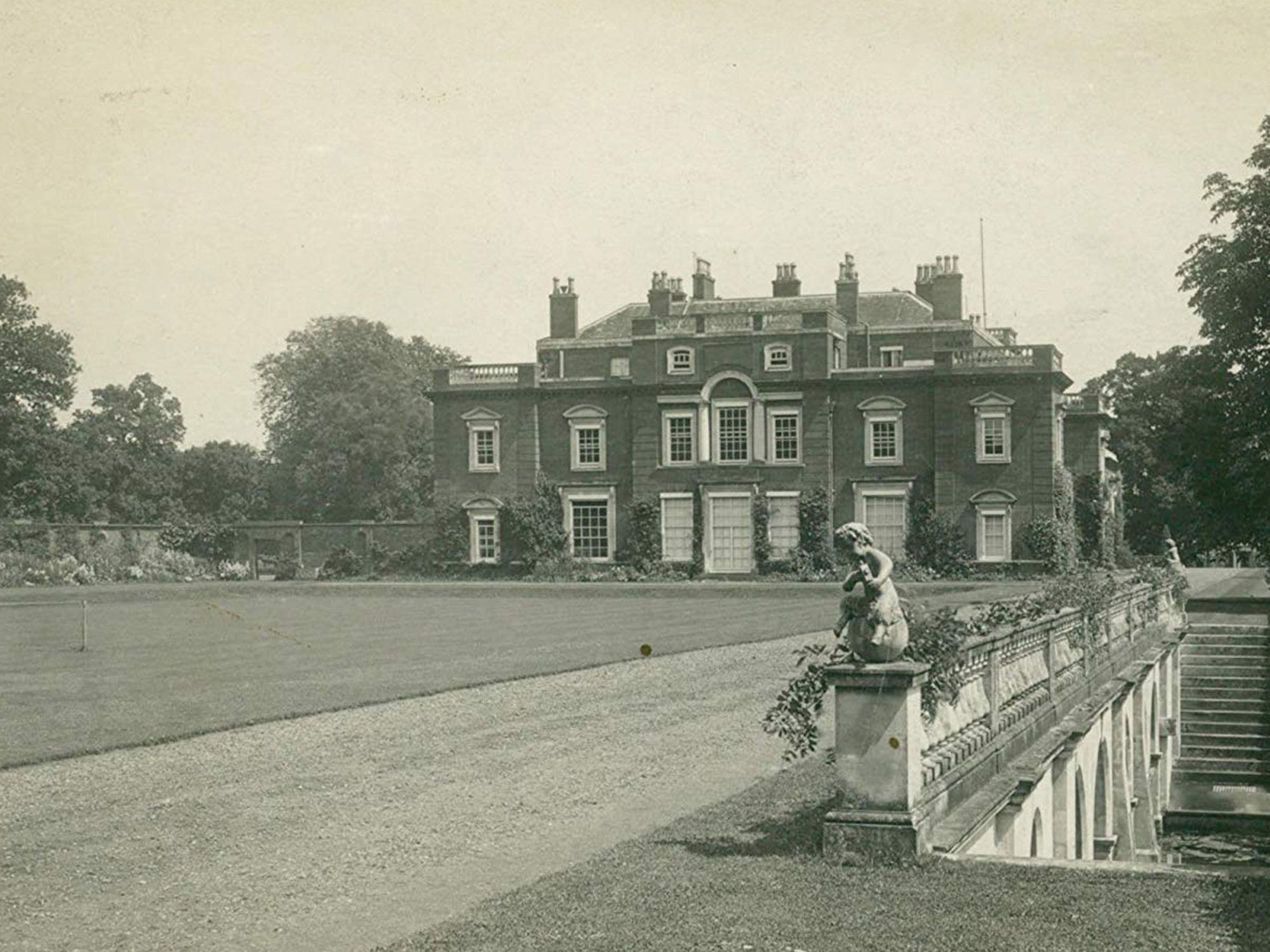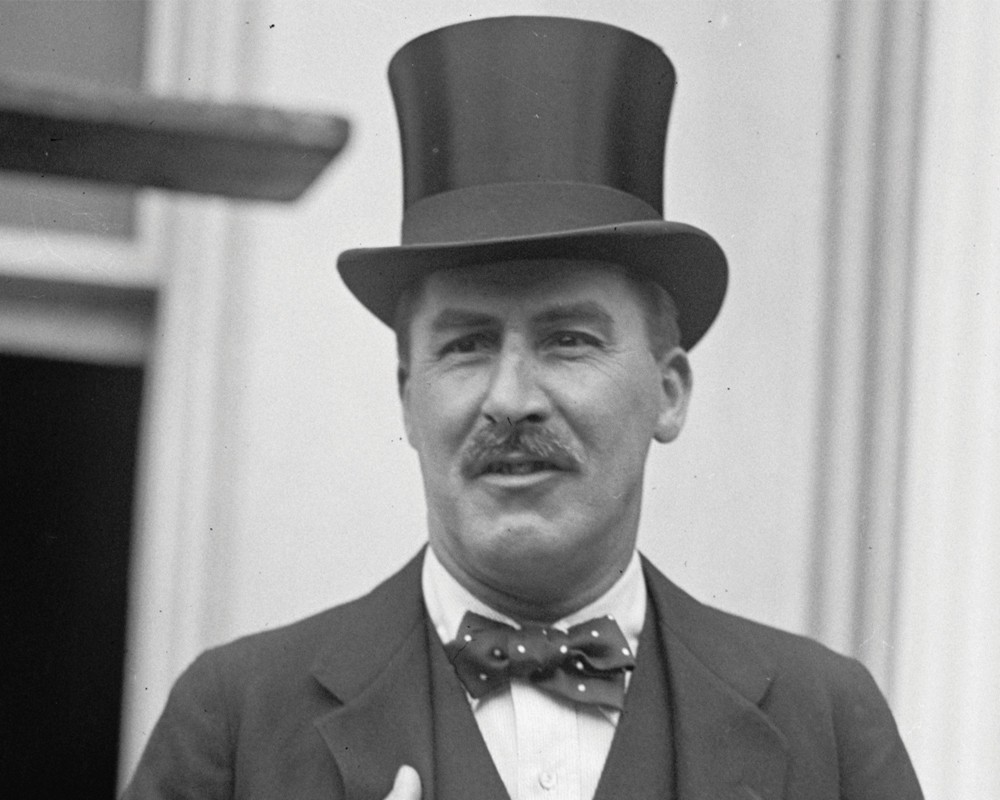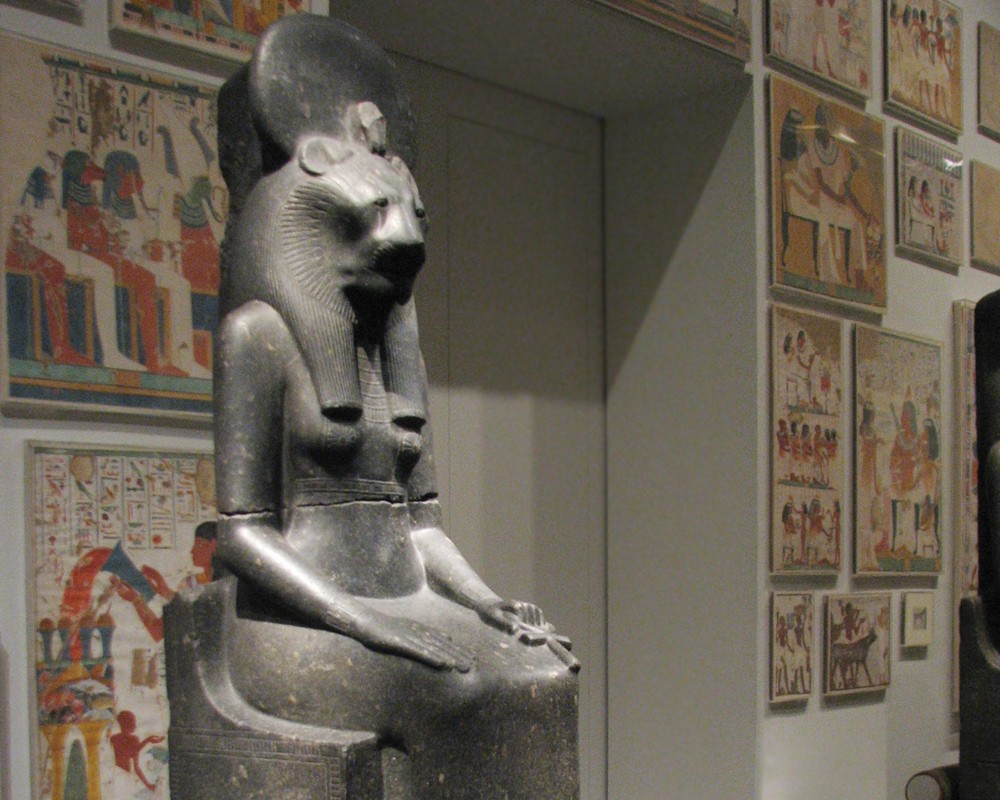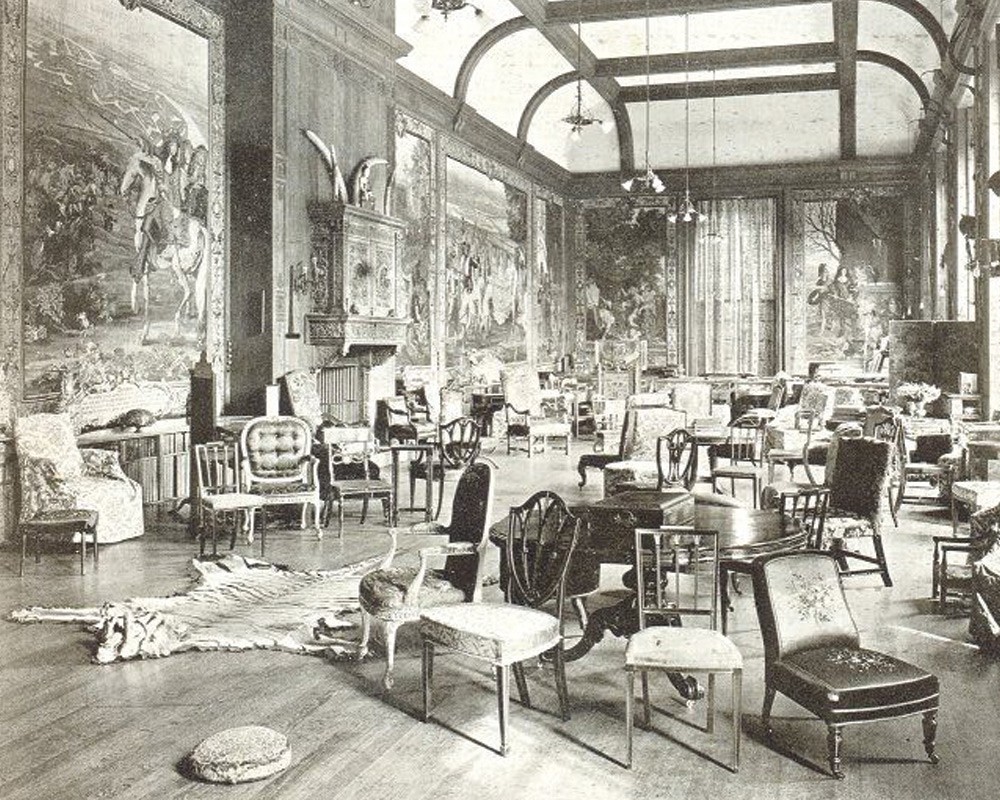
The house of treasures that led to Tutankhamen
When Howard Carter opened the tomb of Tutankhamen and saw “wonderful things” he may well have been recalling his childhood visits to a now-vanished hall near Swaffham that ignited his love of Egypt
Located eight miles from Swaffham, it was one of the most stately of all stately homes, attracting royalty, writers and artists, and it was one of the greatest treasure houses in England - containing rare tapestries, furniture, art, and a library of fantastically valuable books. It also played an important part in the understanding and history of Egyptian archaeology - in fact, without it Howard Carter probably wouldn’t have discovered the tomb of Tutankhamen.
The loss of Didlington Hall, which was demolished in the 1950s, didn’t just have an enormous impact locally (in its heyday, the 7,000-acre estate employed over 300 people) - it also saw one of the country’s most important collections scattered to the winds, most of it being blown across the Atlantic.
In the early 1850s William George Daniel-Amherst bought the estate, taking on a large Georgian house surrounded by historic trees - the avenue of limes was already 200 years old and some of the oaks had even been mentioned in the Domesday Book. The estate also included an 800-year-old watermill, hundreds of acres of parkland, a lake dotted with islands, a dairy farm, an ancient heronry and a racecourse.
Amherst set about transforming the modest hall into a property befitting this spectacular setting, planning a new Italianate-style east front and an imposing tower - but his sudden death meant his grand designs and vast estate passed to his 20-year-old son.
William Amhurst Tyssen-Amherst (his wife was Mary Tyssen, heiress of nearby Foulden Hall) would serve as a local MP and eventually be made 1st Baron Amherst of Hackney, but is best remembered for his incredible collection of antiques and artifacts.
He bought already-important collections from the Leider and Lee families, brought his own purchases back from his many travels (particularly in Egypt), and had a passion for building a library of rare books - which included 16 complete volumes printed by William Caxton (single pages are now worth around £100,000), the Bible of Charles I, and one of the few surviving copies of the Gutenberg Bible.



His collection of ancient Egyptian art grew so large that Amherst built an impressive 2,500ft² museum for it on the side of Didlington Hall, the outside of which was protected by seven colossal statues of the lion-headed goddess Sekhmet. Inside, the treasures included the Amherst Papyrus, a unique though fragmented record of tomb robberies from the time of Rameses IX (the missing section of the papyrus was eventually found in 1935, hidden inside a wooden statuette in Brussels).
By this time, Didlington Hall was an elaborate 80-bedroom mansion that hosted everyone from the Prince of Wales (who shot regularly on the estate) to author Rider Haggard, who was inspired by a statue in the Egyptian museum to write his classic novel She.
Another regular visitor was the Swaffham-based painter of animals Samuel John Carter, who would often bring his young son Howard along with him.
The boy was fascinated with the museum, and from that point on became obsessed with ancient Egypt. In fact, the Amherst family would provide Howard Carter with the necessary contacts and references for him to enter the world of Egyptology - without which the discovery of Tutankhamen’s tomb (it was ever discovered at all) may have been very different indeed.
Amherst wasn’t just a wealthy Victorian collector with little interest in the community around him, however. He built 160 cottages for the estate’s workforce, supported a number of local schools, and even paid for the restoration of at least four local churches.
But his passion for art and antiques meant that he left the running of the estate to his land agent, and therein lay its eventual ruin. When the latter committed suicide in 1906, it was discovered that he’d embezzled vast sums of money to fund a serious gambling habit and Amherst’s family finances were decimated.
Most of the magnificent library had to be sold off (there was so much interest in the first sale it was reported in The New York Times) as was much of the Egyptian collection. The statues of Sekhmet ended up in the Metropolitan Museum of Art, and the Amherst Papyrus also headed to America.
Perhaps the stress of the events and the loss of precious collections was too much for Lord Amherst - two further auctions were held in December 1908 and March 1909 containing over 1,000 lots, and he died just a few weeks after the first one.
A year later Amherst’s daughter Mary sold the hall and its estate to Colonel Herbert Smith, who modernised the house and added a cricket pitch to the grounds. It was during his time that the estate was requisitioned by the army - it was the headquarters for the commander of the British Second Army during the D-Day landings.
By the summer of 1945 however, Didlington Hall was in a very poor state. Damage and neglect during the war years made its repair uneconomic and Colonel Smith died in the same year (1949) the decision was taken to demolish it.
A two-day sale in April 1950 saw the hall’s interior stripped of its marble chimneypieces, oak staircases and its decorative panelling and flooring - and a final sale two years later saw people buying up the window frames, baths, joists and doors before the demolition work began.
Today, a new property sits on the site of Didlington Hall, but apart from mentions on museum labels around the world, virtually only one thing remains of this once-magnificent estate and its incredible collections - a stunning landscape in the heart of Norfolk.
